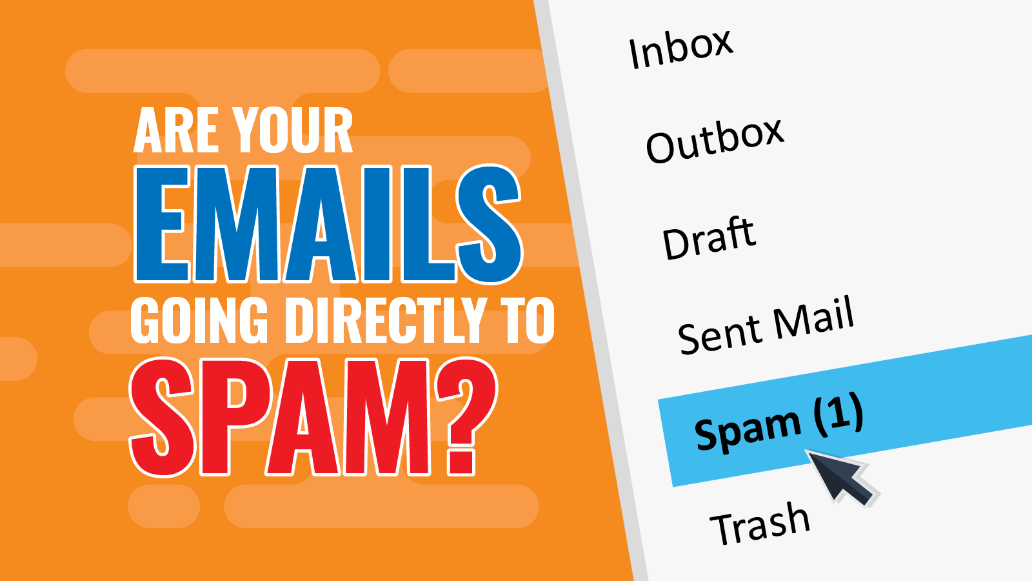1,774,181 total views, 3 views today
The issue of important emails ending up in the spam box is a profoundly serious issue to deal with. It is a sort of a crisis that puts the reputation of both the sender and the speed of the email reach at stake.
Let us discuss some measures to ignore this issue:
- Forming a consistent sending identity
The sending identity refers to the IP address and the sending domain, maintaining a consistent sending identity is both crucial and necessary.
- Send emails from a trusted IP address given to you by the internet service provider-
Emails should be sent to the receiver from proper email addresses to safeguard security. Shared IP addresses are not preferable to be used for sending emails as spammers all around the Cyber network aim for such IP addresses to manipulate an entire system.
- Use your domain to send emails
A sending domain is the portion of an email address that is written after the @symbol. The domain name needs to be registered on the web to allow the sender to send emails and the receiver to receive them. Two placement rates that are considered in this situation-
Inbox placement rate – the number of emails sent from a particular domain that landed in the inbox.
Spam placement rate – the number of emails sent from a particular domain that landed in the folder.
- Authentication of emails
Emails are needed to authenticate by either SPF, DKIM, or DMARC:
SPF stands for the sender policy framework and is an authentication method that is used to compare the sender’s IP indicated in the domain’s DNS record with a list of IPs authorized to send from that domain.
DKIM i.e. Domains Keys Identified Mail is a process for validating mails through cryptographic signatures.
DMARC is a. It is a method that confirms that one’s IP and address are authentic.
- Monitoring the sender’s reputation
The sender’s reputation is a marking scale ranging from 0-100, this score is assigned to a sender by the ISPs to indicate the authenticity of a particular sender’s address. This score provides us a sign that whether the sender’s address is fake or genuine and whether the email will land in the inbox or the spam.
This intelligence report helps you to know if a sender’s reputation is good or bad.
- Use Sender Score
A Sender Score is a free tool that helps to determine the sender’s reputation with the help of a score that ranges from 0-100.
- Permission-based email marketing
It is a strategy of sending permission mail to the sender to get their consent regarding your words.
- Verifying email addresses on your mailing list
Invalid email addresses can result in a high spam placement rate which later destroys your sender’s reputation and causes your emails to land in the receiver’s spam.
Conclusion
Several instances happen when all your efforts go in vain… don’t let your reputation go down. In order to stop your important emails to land in the spam box, do follow the above instructions and make sure that both your efforts and your skills get due respect.





